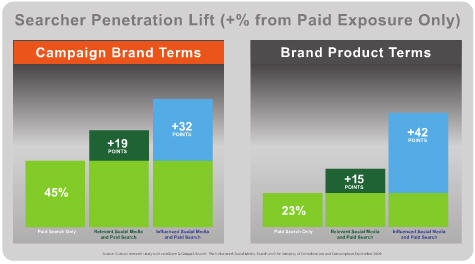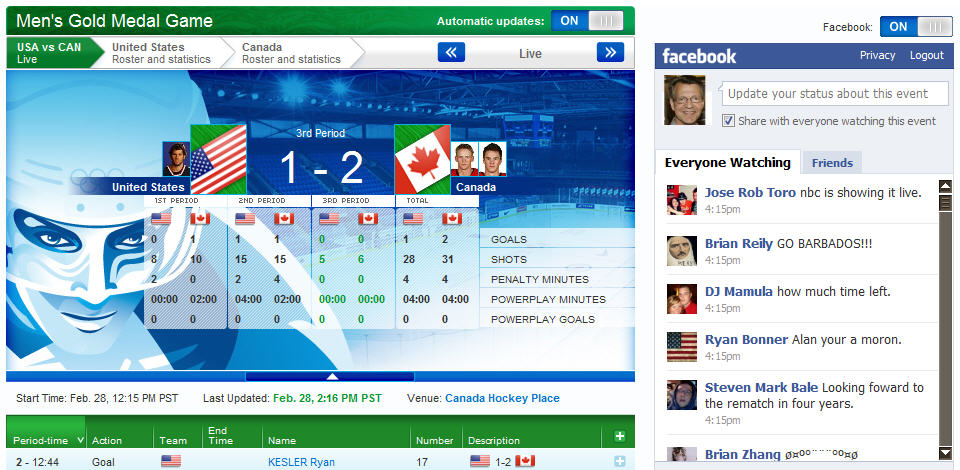On Friday I gave a presentation in Chicago, at Loyola University, on social media and compliance. We covered many topics dear to the hearts of those who participate in social media and would prefer not to go to jail due to SEC or HIIPA violations. Left to other presenters was the topic of social media’s importance in today’s marketplace.
 It’s just as well that I left the topic out. Since most of the attendees were bloggers themselves (yes, more than half of them — I counted hands!), covering the importance of social media would have been preaching to the converted. But recent research, by GroupM and comScore, helps remind us all that some of the strongest reasons to engage in social media aren’t readily apparent.
It’s just as well that I left the topic out. Since most of the attendees were bloggers themselves (yes, more than half of them — I counted hands!), covering the importance of social media would have been preaching to the converted. But recent research, by GroupM and comScore, helps remind us all that some of the strongest reasons to engage in social media aren’t readily apparent.
The study showed that people using search engines who also use social media are “more engaged consumers” and “more likely to be looking for places to buy and brands to consider.”
The research found that consumers using social media are “1.7 times more likely to search with the intention of making a list of brands or products to consider purchasing compared to the average internet user.”
Here are more findings from the study:
- Consumers exposed to influenced social and paid search exhibit 223% heavier search behavior than consumers exposed to paid alone
- Fifty percent of social media-exposed searchers search daily for product terms, compared to 33% of non-exposed searchers
And finally, this is the finding that I thought was most revealing: “In organic search, consumers searching on brand product terms who have been exposed to a brand’s social marketing campaign are 24 times more likely to click on organic links leading to the advertiser’s site than the average user seeing a brand’s paid search ad alone.”
How much do you spend on paid search ads? This finding suggests to me that whatever you invest in pay-per-click advertising, you can reduce that cost or improve its reach by combining it with a well-planned social media engagement.
Great post-presentation feedback
After the presentation I met a ton of the audience members through Twitter. This is a group who really understands how social media can extend the value of a presentation! One participant, David Kamerer, had a great suggestion for a way to improve my compliance presentation. He suggested I add some content on the CANN-SPAM email marketing law. Thanks, @DavidKamerer, and the other folks attending the talk. I had a blast!



